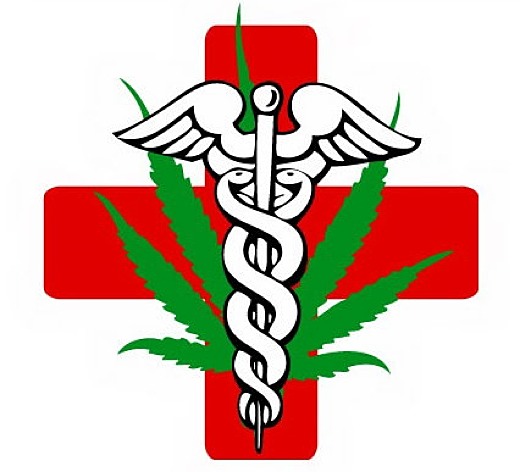Drug addiction is a problem that requires a holistic approach. It has been proven time and time again that addiction is unpredictable, and the initial motivation for an addict to seek treatment is not an indicator of how successful their treatment will be. The two main schools of thought behind treating addiction are the abstinence model and the harm-reduction model.
The abstinence model is the “classic” model of addiction treatment e.g. alcoholics anonymous. The idea behind this model is that the chemical/mental dependency that leads to addiction is so great that even a single indulgence can lead to relapse. Behavioral Health compared and contrasted the benefits and drawbacks of both models. It should be noted that the statistics for many addiction programs are flawed due to the nature of the issue. They largely rely on self-reporting, which can easily be influenced by the sense of shame associated with substance abuse. Abstinence-only models report that only 7% of addicts were able to remain sober for at least 90 days over a three-year period (Henwood et al. 2013). Addicts that have been sober for a year or less have an 80% chance of relapsing; that number drops to 34% for those have been sober for three years (Horton). Addicts that have been sober for five years or more have a 14% chance of relapse (Horton). Although these numbers may seem encouraging, many are unhappy with the way in which abstinence programs operate. Many users abandon this type of treatment because they don’t want to completely stop using (Tennison 2010). Even worse, these programs tend to demonize those that relapse, rather than realizing that relapse is an unavoidable outcome for many users (Stoicesu).
The harm reduction model is a treatment philosophy that was popularized by Audrey Kishline. An addict herself, Kishline opposed the ideas of the abstinence model. This model aims to gradually reduce the frequency of use while accepting that relapse may be an unavoidable setback in the battle against addiction (Tennison 2010). Although moderation may sound like an attainable goal, it may be too much of a temptation for some (Horton). Many addicts use moderation as an excuse to relapse (Henwood et al. 2013). Encouraging someone to moderate themselves enables that person to continue a risky behavior. In addition to this, the harm reduction model is insufficient when dealing with “hard drugs”, like heroin or cocaine. These drugs are so detrimental to one’s health and general well being that there is no acceptable amount (Horton). In addition to all of these factors, many of the statistics proving the effectiveness of the harm reduction model are controversial. Due to its arbitrary nature, operationalizing moderation is difficult. What can be said is that around 30% of patients enrolled in a harm reduction course move onto abstinence-only programs (Stoicescu).
Based on the physiology of addiction I believe that the abstinence model should be the golden standard for addiction treatment. Often times moderation can have a snowball effect and quickly escalate into a full-blown relapse. Also, there is evidence that drug addicts are hard wired to respond better to drugs i.e. their reward pathway is more sensitive to the effects of drugs, resulting in poor impulse control (Henwood et al. 2013).
The internet articles I chose to use were found from pages that were specifically related to mental health. Behavioral health had been featured on A&E and CNN, two news outlets that strive to report the most accurate information they can. Harm Reduction International is an institution that works globally to educate people about how the harm reduction model operates. Much of their information comes from top researchers. The other two sources were primary literature articles that presented sound findings.
References
Tennison, L. R. (2010). Abstinence-Based Treatment. Addiction and Substance Abuse, 3-5. Retrieved April 2, 2017.
Horton, G. (n.d.). The Efficacy of Abstinence Treatment vs. Harm Reduction. Retrieved April 02, 2017, from https://www.bhpalmbeach.com/recovery-articles/efficacy-abstinence-treatment-vs-harm-reduction
Stoicescu, C. (n.d.). What is harm reduction? Retrieved April 02, 2017, from https://www.hri.global/what-is-harm-reduction
Henwood, B. F., Padgett, D. K., & Tiderington, E. (2013). Provider Views of Harm Reduction Versus Abstinence Policies Within Homeless Services for Dually Diagnosed Adults. The Journal of Behavioral Health Services & Research, 41(1), 80-89. doi:10.1007/s11414-013-9318-2

